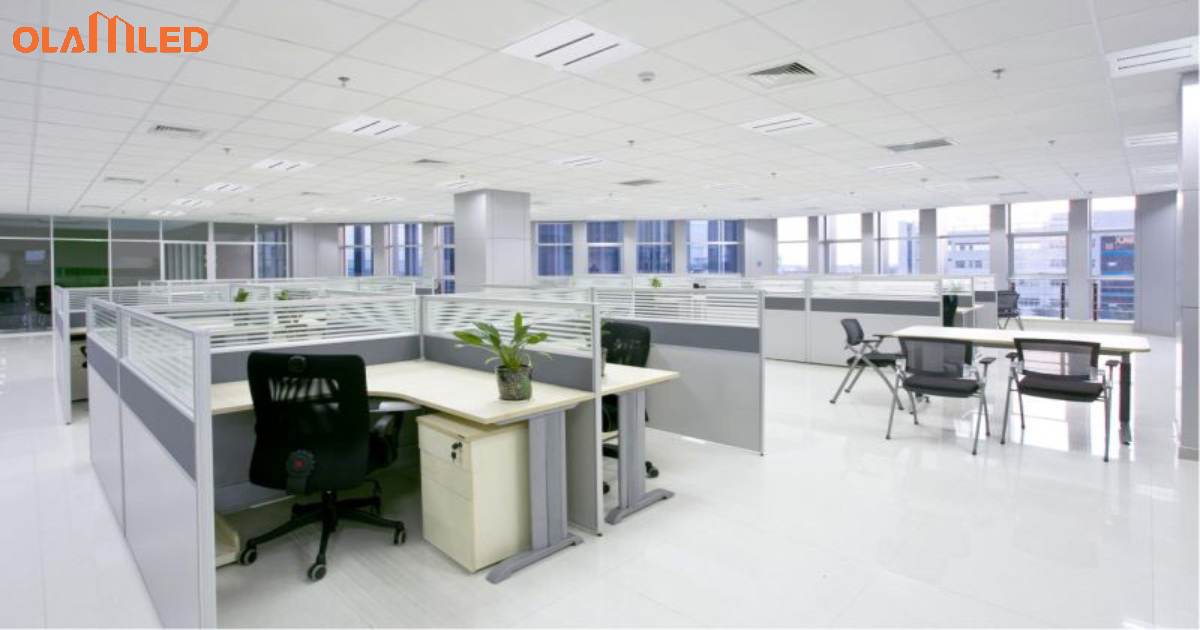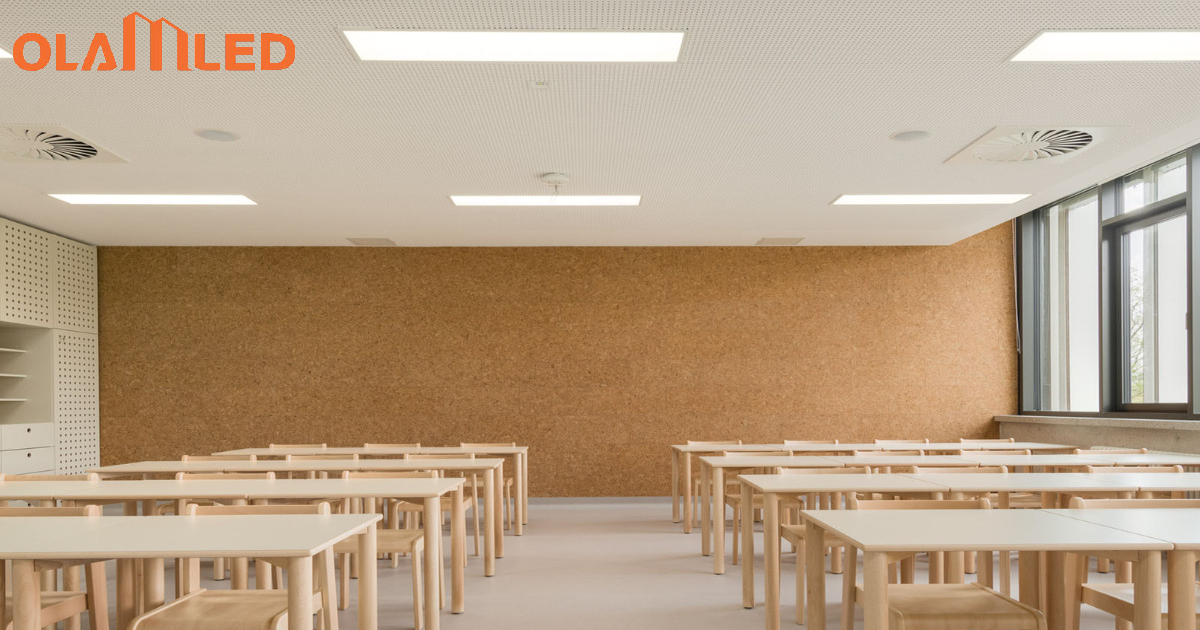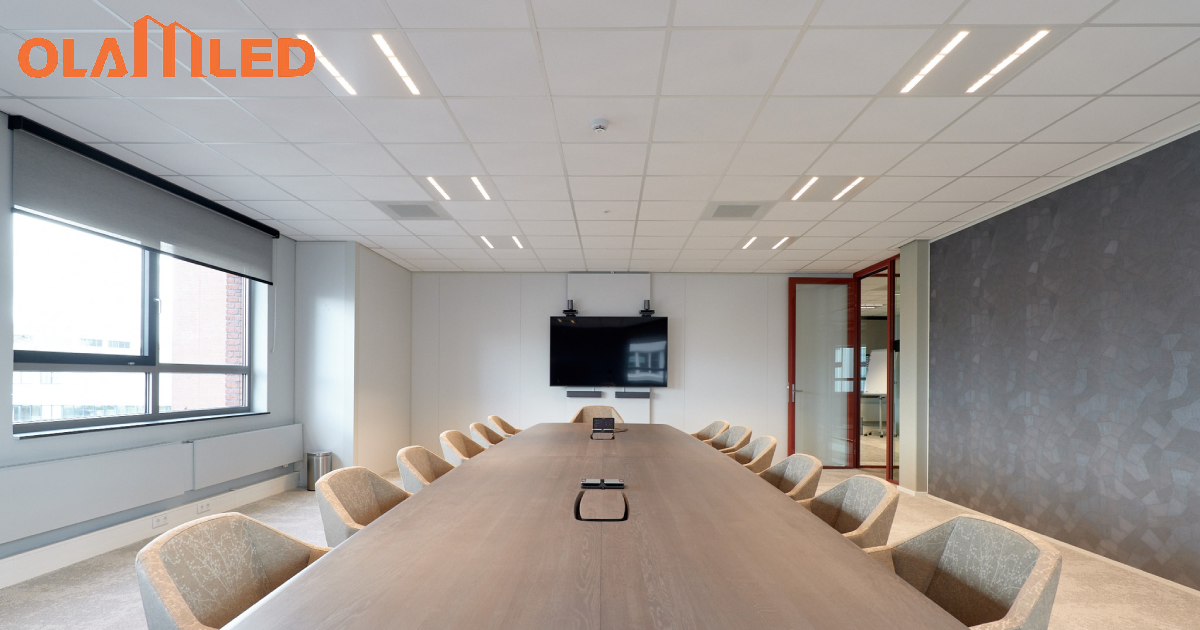LED luminaires are widely used in industrial, commercial, and residential setups. However, these LED luminaires have multiple functionality aspects that must be understood in detail.
If you look forward to understanding CRI and SDCM and how they affect LED luminaires, you have landed at the right place. This guide below will provide detailed insight into these subjects, clarifying everything. So, let’s take a look.
What is the CRI?
CRI stands for Color Rendering Index, a quantitative measure that can assess the accuracy of illumination a light may have. Also, the representation of colors of the objects when subjected to natural light sources is measured.
CRI can be expressed as a numbered value on a scale of 0 to 100, and the high values indicate a better CRI. Many retail, interior design, and art applications require assessing the CRI to represent the color of objects and spaces accurately.
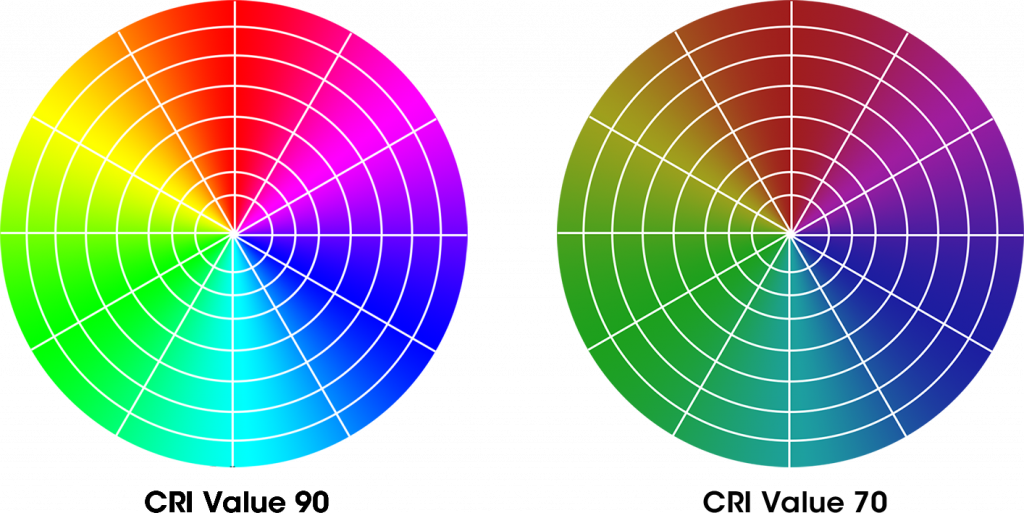
What is the SDCM?
The term SDCM stands for Standard Deviation of Color Matching, and it is a measure that helps quantify the consistency of color between the different sources of light belonging to the same type. It helps to measure the degree of variation in color between the different lighting sources and helps to assess the matching of emitted light colors.
SDCM is usually measured along with a numerical value like SDCM 3 and SDCM 4, where the lower value represents a better consistency of color.

What is the Effect of CRI on LED Luminaires?
The impact of CRI on the LED luminaries is significant, and it can influence the light source to render colors accurately. Some of the effects it may have on the LED luminaires are as follows:
Color Accuracy
The high CRI ensures that the LED luminaires have better color accuracy. The CRI value has been chosen in a way that helps replicate the true colors of every object over a natural illumination. Environments like healthcare facilities, retail stores, and art galleries need a very accurate color representation.
Reduction in Visual Discomfort
The LED luminaries that have high CRI can ensure better visual comfort, and it leads to reducing the strain on the eye. The colors tend to appear vibrant and true, and hence, the visual experience of the space tends to increase.

Aesthetic Appeal of a Space
The quality of the color of a light also has an impact on the aesthetics of a space. To ensure that the spaces are lit with a pleasant and welcoming environment, the LED luminaires have a high CRI.
Color Temperature Assessment
The relation between the CRI and color temperature is also essential, and the LED luminaires that focus on the accuracy of lighting must opt for a high CRI and the right color temperature to achieve the required lighting effects.

What is the Effect of SDCM on LED Luminaires?
The effect of SDCM on LED luminaires is also significant to have an eye on, and it is substantial in situations where the color needs to be uniform. Some of the critical effects of SDCM on LED luminaries are discussed below:
Consistency of Color
The consistency of colors of light from LED luminaires is essential, and the low SDCM ensures that the colors emitted by the LED luminaires are equipped with consistency. It is crucial in galleries, architectural lighting, and retail store applications.
Pleasant Visual
The LED luminaires with low SDCM ensure a pleasant and comfortable visual experience. The lighting environment is cohesive and subtle and doesn’t strain the eyes.

Quality of LED Luminaires
SDCM also helps in maintaining the quality of light in the long run. As time passes, the LED luminaires get older; hence, the color characteristics also shift. The low SDCM-based LED luminaires help minimize such variations, ensuring that the color consistency is maintained.
Uniformity of Color
SDCM is crucial for achieving color uniformity in setups where the matching color is an essential concern. These luminaires are very important in retail stores and museums.
What Standard is the general choice for commercial lighting?
When it comes to commercial lighting, the significance of having the right quality, efficiency, and safety plays a vital role. The Illuminating Engineering Society sets widely recognized standards for such lighting. These are combined in a handbook and provide guidelines and recommendations.
The standard provides an insight into various aspects of lighting like quality, level of illumination, energy efficiency, and much more. The design and manufacturing of lighting is primarily according to the IES standards. Besides the IES standards, many well-known lighting providers tend to incorporate the RoHS and ISO standards.
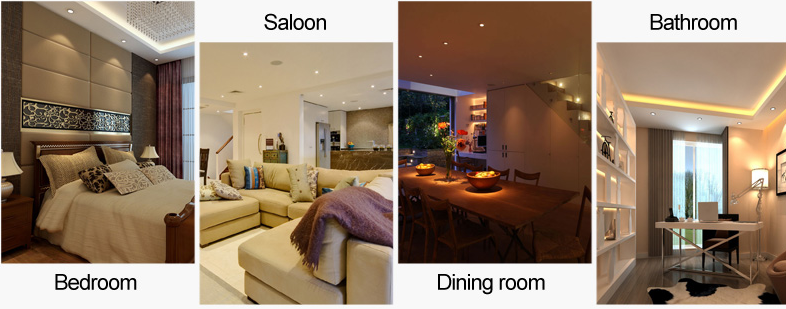
What Standard does OLAMLED use for light fixtures?
OLAMLED, a pioneer in providing excellent LED lighting fixtures, is known to incorporate high standards in its lighting products. They always ensure that their lighting products’ quality, efficiency, and energy-saving capability are up to the mark and offer excellent outcomes in the form of well-balanced illumination.
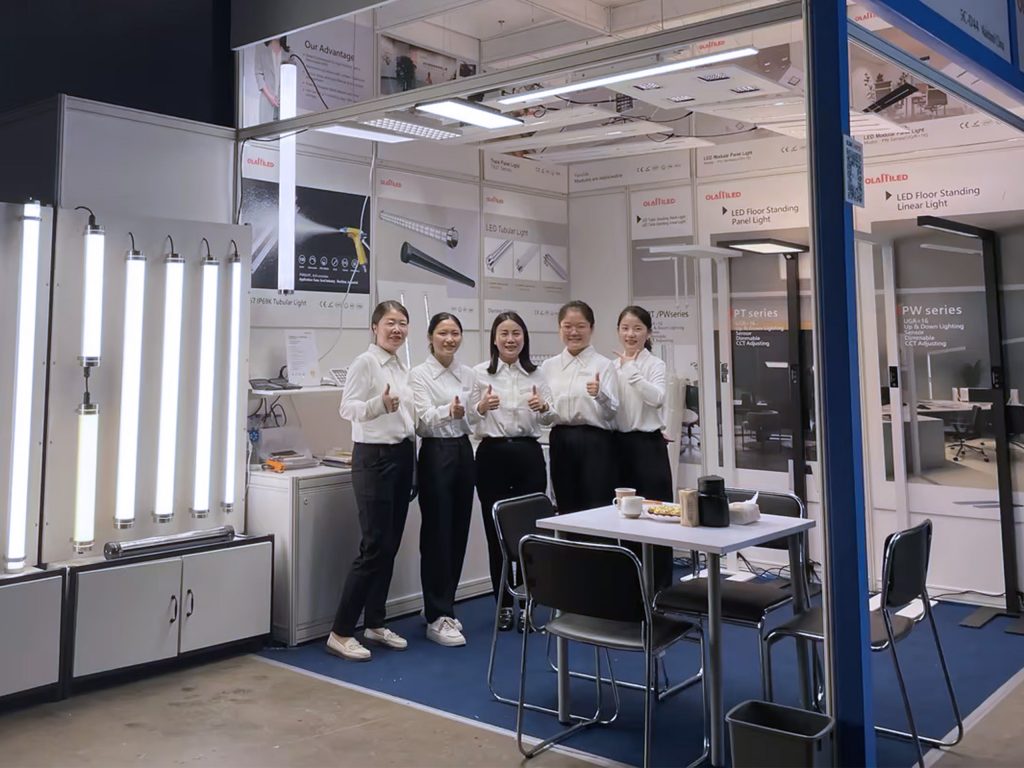
The company tends to manufacture its lighting products based on RoHS and ISO, and they also follow some of the aspects of IES standards.

Why choose such a high standard of light source?
The high standards of the source contribute to offering multiple aspects in the LED luminaires. Some of the reasons for choosing these high standards in the light source are as follows:
- The light sources equipped with high-quality standards have a high CRI and hence any offer to provide color accuracy.
- The lighting, equipped with high standards, can enhance visual comfort; the light close to natural daylight and a low level of SDCM can offer visual comfort by reducing eye strain.
- Many spaces are of such nature where ambiance, like hotels and restaurants, plays a vital role. Hence, quality lighting with the right color temperature can enhance the aesthetic appeal of that space.
- In choosing lighting for retail stores, high-standard lighting plays a significant role in influencing the buyers’ purchase decisions as they make the products appear to customers either positively or negatively depending on the quality of the light source.
- In many applications, the lighting fixtures must meet the regulatory requirements; hence, high standards help with such compliance.
- Lighting fixtures of high quality are even more durable and can be used with stability over years and years.
What are the advantages of high CRI and low SDCM?
The selection of an LED luminaire that has a high CRI and low SDCM is essential because it is equipped with multiple benefits, and these comprise the following:
- The light source with a high CRI and low SDCM can represent the colors more accurately.
- Low SDCM and high CRI even improve visual comfort as light colors appear natural, reducing eye strain.
- By choosing lighting fixtures with low SDCM, the color variation is minimal. Hence, uniformity and consistency are achieved.
- Most environments need a precise assessment of details, like the healthcare sector or specific industrial applications, and by chasing high CRI-based lighting, the recognition of textures and colors is improved.
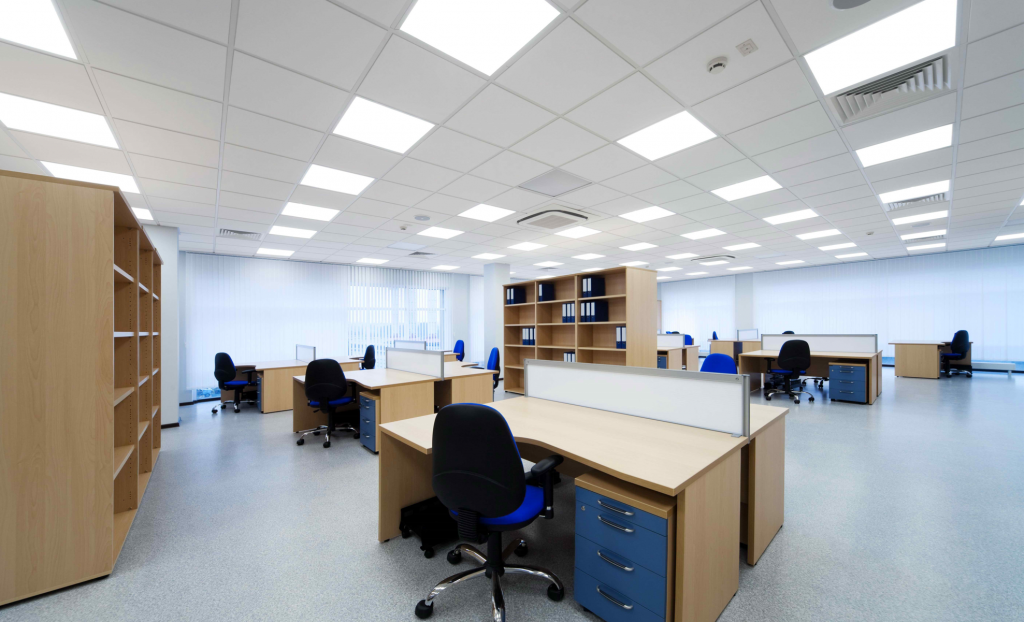
Conclusion
The role played by LED lighting fixtures is always significant, and focusing on the keen details brings about the selection of the right light source.
OLAMLED considers all these keen details and ensures lighting solutions are equipped with high CRI and low SDCM so that the installation of these lights justifies their purpose. If you want to look at these lights or get them for your upcoming projects, you must contact OLAMLED today.
